I appreciate the names of certain places. There are certain place names that to speak them aloud is to mimic the effort of a conjurer who would call up lost worlds or the dead. Arcadia comes to mind. Yorkshire is another. The River Bank, from Kenneth Graham´s book, The Wind in the Willows, has stayed with me for years. In fact, a number of rivers and creeks come to mind, nearly all of which exist in our nonfictional world, but I am hesitant to speak them aloud. That´s because I don´t like to give away place names. To do so would be to risk too much. I forget most street names almost immediately after hearing them. Although, some stay with me. There is Elizabeth Street in Hobart. There is the famous or infamous Bourbon Street, which I cared nothing for when I stayed in New Orleans. There is Kazinczy Utca in Budapest for when one is in need of a superb matzo ball soup. There is Karl Johans Gate, which is my reference for knowing more or less where I am when in Oslo. Yet with most street names, I choose to forget them right away. With regards to Moab, I have forgotten all of the town´s street names, except for where Mom and Dad live and where I grew up. From the beginning of my years there, I never intended to remember the name of a single street in Moab.
In seventh grade at Grand Country Middle School, Mrs. Olerain gave us an English assignment. The assignment was to prepare a speech describing how we went home after school. This was a curious assignment, considering Moab then really was a small town. Most of us students knew where each other lived, unless of course we didn´t know, but then we likely knew someone who knew. Small towns can be comfortable or exasperating that way. But we were kids, we were in Mrs. Olerain´s English class, we didn´t know the word exasperating. Nevertheless, that was our assignment. I recall looks of fear seeping across the faces of certain students after the assignment was announced. The look of fear, similar to the look of love, started as a slow but smoldering glow, accompanied by a peculiar stillness, as though to blink was suddenly not possible. The tough boys tried to laugh and nod at each other for support. The smart girls sat up straight and nodded with determination. The dumfounded began to search their textbook, as though the answer to where they lived lay hidden between the pages of a book they never read. I think of myself as existing somewhere in the middle of my peers, somewhere between the dumfounded and the smart girls, though naturally having nothing to do with either.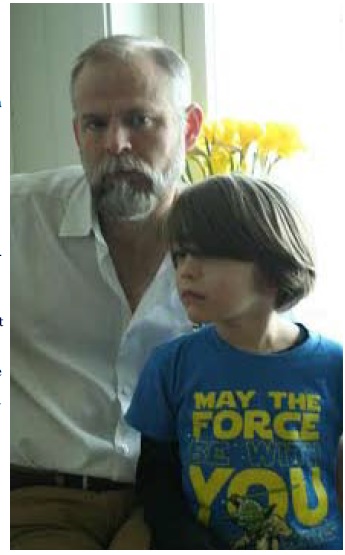
When the day came to give our speeches, I believe each of us did our seventh grade best, except perhaps for the tough boys who tried to appear more stupid than a few of them actually were. Being a nitwit then—and perhaps for all time—was something of a premium in Middle School. The smart girls did their best to seem smart, which included good posture. My luck was that I gave my speech towards the end of class. I had observed how some students had fallen flat in their efforts and how others had triumphed! I also had the good fortune of not knowing the name of a single street in town. I was new to Moab. There was no Google Maps. I was too lazy to learn the names of the streets, but I knew how to get home. And the way home, as with my speech, was composed of places. The Grand Emporium was on the way. There was a delicious sandwich and ice cream shop in the building then. I talked about walking past the Democratic headquarters, which I only recognized because of the portrait of a smiling donkey, and this recognition translated, somehow, into my grandmother´s claim of being a Yellow Dog Democrat. I described the city park, and how it was mostly open, full of inexplicably green grass, one very nasty restroom and a modest playground. Combined, these places and a few others made the way home.
Admittedly, there is a hint of innocence in my descriptions of our seventh grade class, our English assignment, and how I walked home. Even so, such was my experience of Moab in the 1980´s and in Grand Country Middle School. Mrs. Olerain gave us a good assignment. It was good in part because here I am thirty years’ latter reflecting upon it. It was good, too, because all of us who participated in the assignment had to appreciate something of our relationship to where we lived and how we got there. There was no internet, no Facebook, no cell phones, no texting, no sexting, no Twitter, no Snapchat, and the list, we already know, goes on and on. Our assignment then, like our places, had not yet become the habitats of mere information. There are substantial reasons for being skeptical about various technologies, particularly in the arenas of education. Modes of technology are in fact so pervasive, perhaps so necessary now that such arguments against them seem practically worthless. I am aware, for instance, that nearly anyone who reads this essay will be doing so online.
All of this leads me to consider what people in education or on the fringe of education mean when they refer to high standards. Did Mrs. Olerain´s assignment reflect high standards? I believe it did (and does), but I wonder how many people involved with education would still think so. Much of what we insist upon in education, including our want of high standards, is joined with technology. We should not ignore, as an example, how many people in education demand iPads. It´s never been clear to me why or how they improve education, but the call remains ubiquitous and will continue until a better, faster, slicker gizmo comes along. After one does come along, we will collectively forget our iPads and take up whatever is next. But collectively forgetting our way home or what makes for home is more perilous than forgetting one of our many devises. Home shouldn´t become obsolete the way a technology does.
Of course a street name can´t simply replace a street, and high standards aren´t simply better than what some of us learned. Where we come from and how we learn is substantial in our education. Calling for high standards in education without considering what those standards historically and philosophically are composed of isn´t a high standard after all. Nor do high standards arrive by allowing them to be conveniently determined through some supposedly objective criterion that is processed, measured, and sold by the tough boys and smart girls of technology and the pedagogic crowd imbedded in a university system. We shouldn´t forget that considerations about education and technology largely revolve around money, namely how to get or save as much of it as possible. Mrs. Olerain´s assignment was about knowing where we lived, among other important things.
And still there are places. I was in seventh grade when my family arrived in Moab. Not long after we had settled, Dad took me for a drive on an unpaved road through a canyon relatively close to town. We found a side canyon off the road, and it´s where we hiked that day. There was a pool in the canyon full of cool water, and the pool was a good place to swim in the summer. I keep a photograph of Dad from that day. There wasn´t a sign marking the unpaved road nor one marking the canyon where Dad and I hiked. I know today in both places there are prominent signs indicating the names of road, the canyon, and other places to go. I suspect there are hundreds if not thousands of people who would know exactly where I´m writing about if I were to note those places by name, but I can´t do that. I never could.
Damon Falke’s most recent work, Now at the Uncertain Hour, received a grant from the New York
Council on the Humanities and subsequent performance in upstate New York. His work has appeared
on the Reflections West radio program and in numerous literary journals. His recent novella, By Way
of Passing, is published by Shechem Press. He lives abroad.
To read the PDF version of this article, click here.
To comment, scroll to the bottom of the page.
Don’t forget the Zephyr ads! All links are hot!


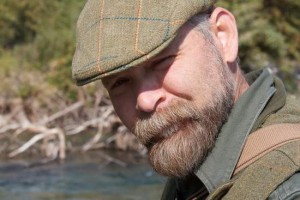
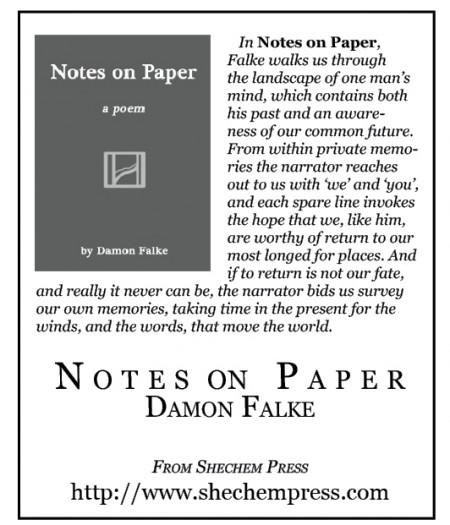
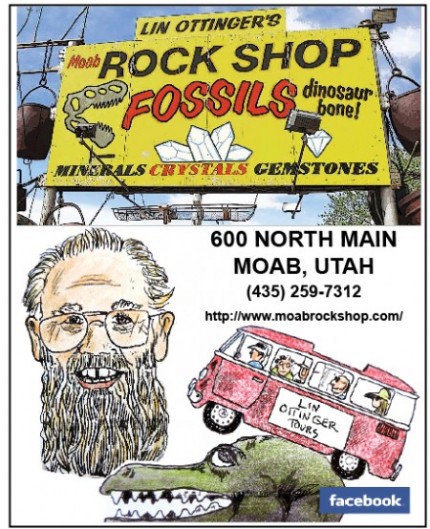






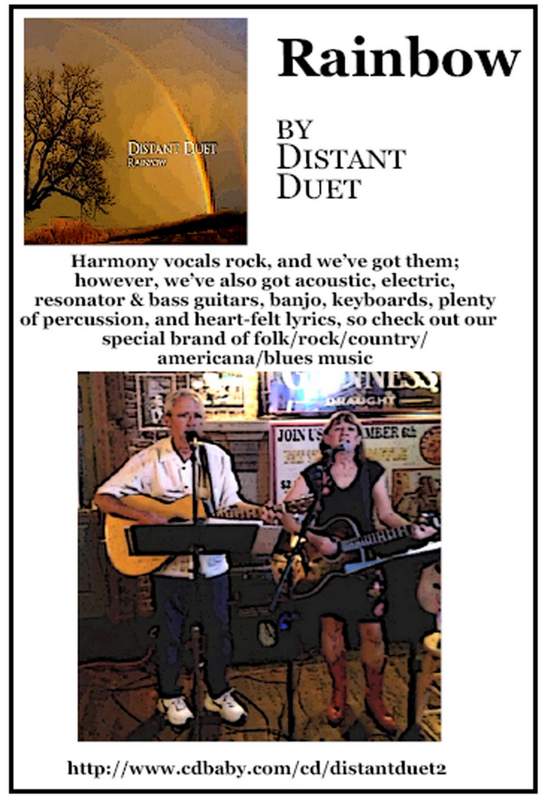
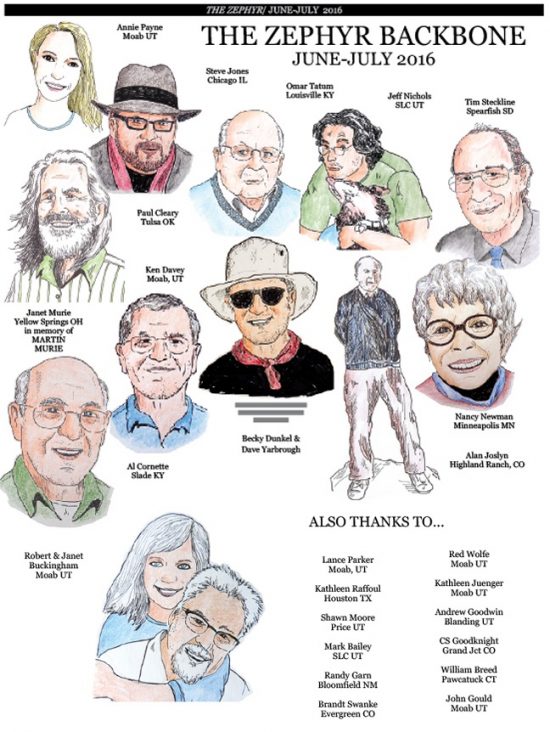
Thank you, Damon Falke, for your thoughtful, incisive memories and insights. Your pieces are a welcome break from all the hype in our everyday world! This one is a reassuring reminder that we might all know how to find our way home if we can just stop and listen — and appreciate the place where we are.